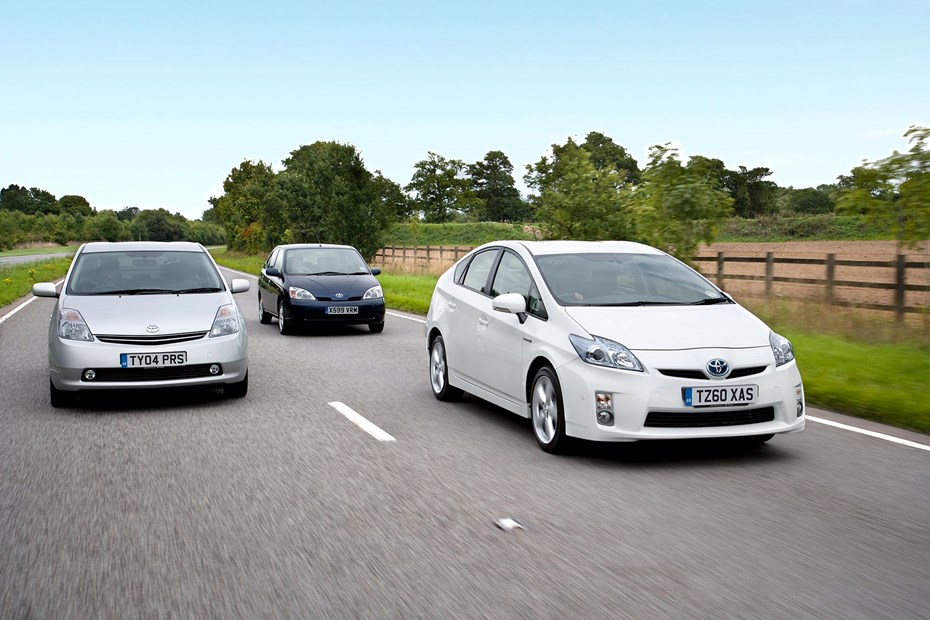Hybrid cars have been part of the mainstream for over 20 years, and these days it’s easier to buy hybrid cars than it is to find the once-popular diesel, for brand new ones at least. For used-car buyers there’s an evolving timeline of hybrid tech that means getting the same advantages as a new model can be quite a challenge, but not impossible.
Which kind of hybrid car you should buy used depends on your budget and how you plan on using it – if it’s just about cutting costs and you’re already thinking of buying second hand for the lowest outlay on your car, it may be better to go for a diesel unless emissions zones are a factor.
There are three ‘classes’ of hybrid car – the original self-charging concept exemplified by the Toyota Prius, the plug-in hybrid made popular by Mitsubishi with the Outlander PHEV, and the mild hybrid which can be anything from a bigger battery to reduce the load from accessories, to a very limited electric drive capability.
Most used hybrid cars will be either PHEV or ‘self-charging‘, but we’ll have a look at the benefits a nearly-new mild-hybrid car might offer at the end of the article.
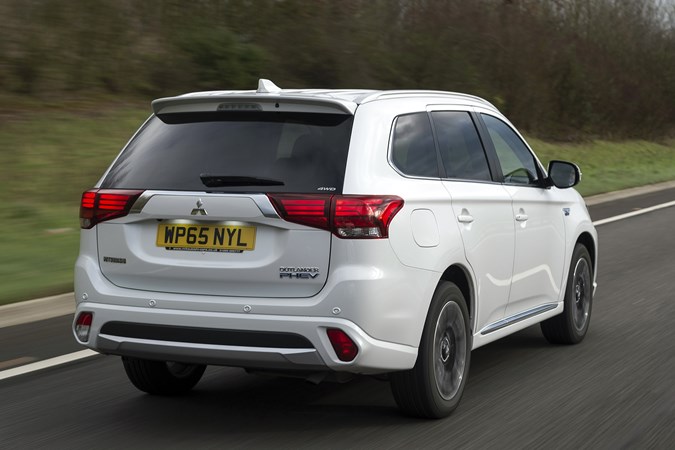
How to buy a used hybrid car
1. It’s still a second hand car – check history and value first
Before travelling to view a used hybrid car, or even enquiring about it, make some basic background checks. Get a valuation to see if the price is reasonable, and if it’s over four years old, look at the MOT history online. You can get a history check for accident damage when looking at cars from a private seller – most dealers will do this as a matter of course (it can be worth buying a write off at the older, cheaper end of the market if it’s cosmetic damage).
For unusual models, such as the Vauxhall Ampera, you may find the previous owner talked about their car on forums. It’s worth searching the registration plate in images.
2. Look at the service history in-depth
Many cars have an online service record now. You may need to download an app, but dealers still provide receipts and invoices at the point of collection so a folder full of paperwork is a reassuring find.
It’s worth checking that annual body inspections have been carried out if you live in a region where the roads are regularly salted for winter, too.
3. Check all the accessories are present – particularly plug-in hybrid models
You’re using to checking the spare wheel, alloy wheel key and tyre inflation kit are present, but they’re generally not too expensive to replace. A plug-in hybrid will usually have a Type 2 charging cable and often a domestic 13A cable as well, and these are expensive to replace if lost.
It’s also a good time to make sure the sat nav and infotainment are up to date. Is it still paired with a previous owner’s app, or is the map SD card present and original? You’ll probably find economy and battery charge data in these screens as well.
4. Does the history match the condition?
When you’ve got the documents to look at, check everything adds up. Has it had a replacement windscreen, is there a bill for tyres that matches with what’s on the car? The older a used car, the more discrepancies may emerge that hint at problem areas.
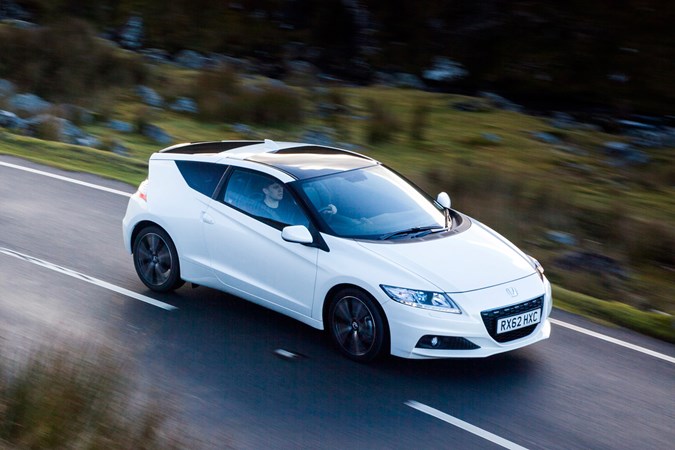
During the test drive:
5. Hybrid cars are intuitive to drive – does it drive the way you would expect?
Unfamiliar engine technology aside, the majority of hybrid cars drive almost exactly like their conventional equivalents. The differences are generally felt in how the gears change (a similar unfamiliarity as any CVT gearbox) and how the braking behaves, particularly in cars with strong or adjustable regeneration. Think of regen as strong engine braking.
Focus on the steering and suspension on faster bends, does it wallow or wander? Over bumps and at parking speeds, does it make any knocking noises you’d normally have checked out on your previous car?
Some PHEVs can make jolts when changing between engine and motor. It’s important to test drive in a variety of conditions and up to motorway speeds.
Top tip: open all the windows in 30mph zones, particularly near buildings, and listen for sounds reflected back such as suspension rattles or brake squeal. Where possible, also try driving the car with the rear seats folded and parcel shelf removed (can reveal noises from the rear axle) and if the seller is with you, try sitting in the back seat while they drive. This is a good time to check any rear seat air vents or USB sockets.
6. Is it changing modes correctly?
Most PHEVs offer performance, energy saving (keeping the charge you have), battery charging and eco modes, but they don’t all use the same methods to select them. Familiarise yourself with your chosen model by looking at reviews and online manuals, or check the handbook before driving (not all cars have printed handbooks these days).
Some cars need a charged battery to unlock their full performance – a dealer should ensure the car has some charge before you test drive; if not, switch to battery charging mode and make sure you get a chance to check it can accelerate as strongly as the spec suggests without any unusual noises.
7. Consider a specialist diagnostic report.
Modern diagnostic computers can interrogate EV battery and engine ECUs (electronic control units) for very detailed information, but they are manufacturer specific – you won’t get this info from a cheap OBDII scanner. This is particularly important on cars with high mileage or out of battery warranty (usually eight years, though some Toyota models offer up to 15).
8. Does the safety equipment work?
Sensors for blind spot, lane keeping and autonomous emergency braking will report any issues, but won’t stop the car working. Some cars may warn if you are too close to a car in front, some – Mercedes, for example – may brake sharply for a turning car even if you are at a fairly typical safe distance by UK standards. Set them to the most sensitive and cautious and see if they go off, but drive safely.
Some of this technology will be part of the MOT test in the near future, and something as innocuous as a routine windscreen replacement can knock it out of calibration.
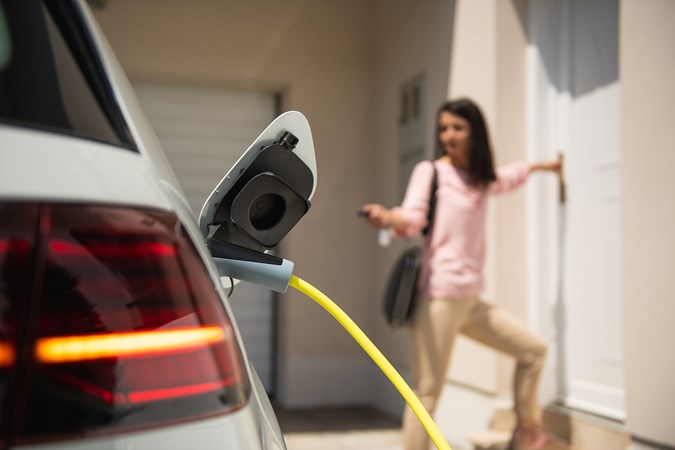
After the test drive:
9. Check for heat, leaks and smells.
Before switching the car off, turn the heating up to max with the fan at a low speed, set it to face vents, and smell the air for coolant (generally quite sweet, chemical smelling, not as alcohol-like as screenwash – if in doubt you can always use the washers and compare). A leaking heater matrix is often very expensive to repair. This is a good time to check for air conditioning faults too.
Get out and hold the back of your hand near each wheel. A binding brake, often accompanied by a very distinctive coppery-metallic smell, will heat up a wheel dramatically even if the car drives quite well. Because PHEVs can use regen to slow down, brakes last longer between services but can stick due to lack of use.
Open the bonnet and sniff for coolant, inspect the visible belts, listen to the engine’s tone if it is idling (put the car in charge mode if you can and keep the AC on). Switch the engine off, and look at the inside of the oil cap for any signs of white or caramel-coloured foam. The coolant bottle should be clear – check the level and look for clear, pinkish-orange or green-blue liquid (don’t open the cap when the engine is hot). A slight coolant smell may be as simple as a cheap radiator cap needing new seals or replacement, particularly on some BMWs and Land Rover/Range Rover models.
10. Make sure you have the best finance.
With high interest rates, used car finance is worth shopping around for to find the best deals. Also compare the costs over the time you plan to keep the car with a new PCP or lease equivalent. While you don’t own the car with those options, this may be the most economical route as servicing and maintenance will cost less, and manufacturers can subsidise the finance rates.
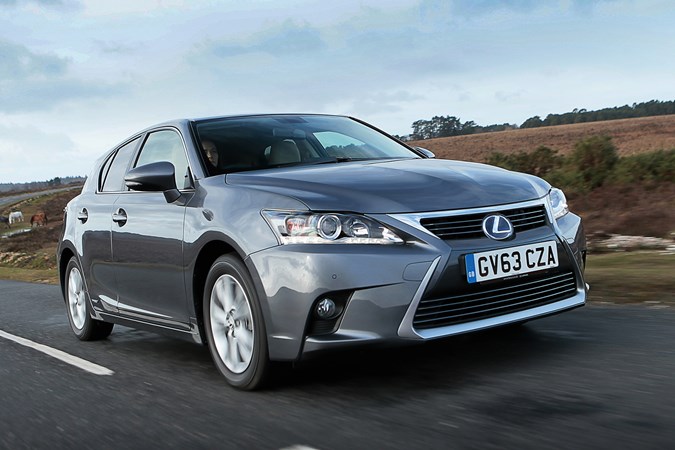
Reasons to buy a used self-charging hybrid car
Self-charging hybrid cars can be found dating from the year 2000 onwards; the majority of used hybrid cars for sale made before 2013 are going to be self-charging, though there are exceptions.
This broad range of ages means that the cheapest used hybrids are inevitably going to be self-charging. That covers models such as the Toyota Prius, Honda Civic IMA or CR-Z, Lexus SUVs and some imports such as the Toyota Alphard or Estima. You’ll notice that we’ve only mentioned a couple of brands there, and that’s because Toyota is responsible for bringing this tech to market in 1998 and has stuck with it, improving it with every generation. Honda’s early experiments were less mainstream, but it continued developing hybrid models.
The details of self-charging can vary, but in essence the engine acts as a generator, and the electric motor does the hard work most of the time except in situations where the engine is more efficient. A small battery – usually the size of a couple of suitcases – is tucked away in the bodywork and can move the car for a couple of miles on electric power alone. The goal of this setup is to keep the polluting petrol (or diesel) engine at its cleanest and most efficient speed, and use the electric motor’s torque to get rid of the revving and emissions in crowded city traffic.
Benefits of buying a used self-charging hybrid car begin with environmental credentials. If you want to go green, particularly if you’re buying and maintaining an older hybrid and keeping it on the road from 12 to 21 years old, you’re pushing the green benefits to the limit, getting the most use out of the energy and materials used making it. In heavy traffic the reduced local emissions are also very beneficial.
However, fuel economy on these generally petrol-powered models is very dependent on use. If you like driving fast, the chances are a self-charging hybrid will be decidedly average when it comes to running costs. The more recent the model you’re considering, the better the overall economy; they also became more involving to drive and more suited to enthusiastic driving as hybrid became mainstream.
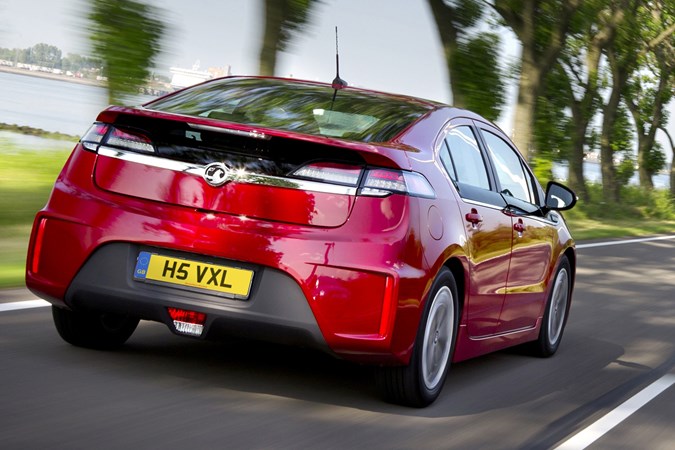
Reasons to buy a used plug-in hybrid car
Plug-in hybrid cars have much larger batteries – typically providing 18 to 60 miles of electric-only driving, sometimes up to motorway speeds – and they can be charged from a wallbox or domestic socket. If you have solar or other off-grid power generation, that capacity could mean never paying for fuel when only doing short trips. Originally the benefits were worthwhile for domestic electricity users, but at current rates it is less clear-cut.
If you can’t charge at home or work, then a used plug in hybrid car is very unlikely to save you money. Even if the fuel economy is better than a conventional equivalent, the premium you pay for the technology could be more than the extra fuel you’d have to buy.
Most of the advantages a PHEV can offer are found in larger, 4×4 SUVs such as the Toyota RAV4 and Mitsubishi Outlander. These vehicles exchange heavy transmission components for a motor and battery, offsetting the weight penalty, and they are traditionally thirsty classes of vehicle to run, so the ability to use electric power in congestion and for pulling away from junctions has a significant impact on miles per gallon in town. On motorways and long journeys they usually fall short of diesel economy, though you will find some diesel plug in hybrid cars for sale in the UK.
Environmentally, the PHEV offers several benefits. It’s able to use regen braking (reducing brake pad wear and particulates) and when it has been plugged in regularly, it’s likely the car has had to perform far fewer cold start short runs – which is better for the engine and the environment. Many of them can be pre-conditioned (engine and cabin warmed up in winter or interior cooled down in summer) while plugged in, further reducing engine wear and fuel use.
You can take advantage of the larger battery even if you can’t plug in. Most plug in hybrids will allow you to charge the battery when driving. Do this during high-speed urban commutes with a lot of slowing down/speeding up, and the impact on fuel economy will be less apparent but you’ll have a charged battery for your next short trip.
Although PHEVs have a larger battery, they have not earned a reputation for losing capacity or being troublesome. However, they are complex cars, and other mechanical and electronic issues can arise, such as Outlander cooling systems or Mercedes’ air suspension. If a specific car has caught your eye, join model-specific forums and look for buying guides to find out which issues you should look out for.



